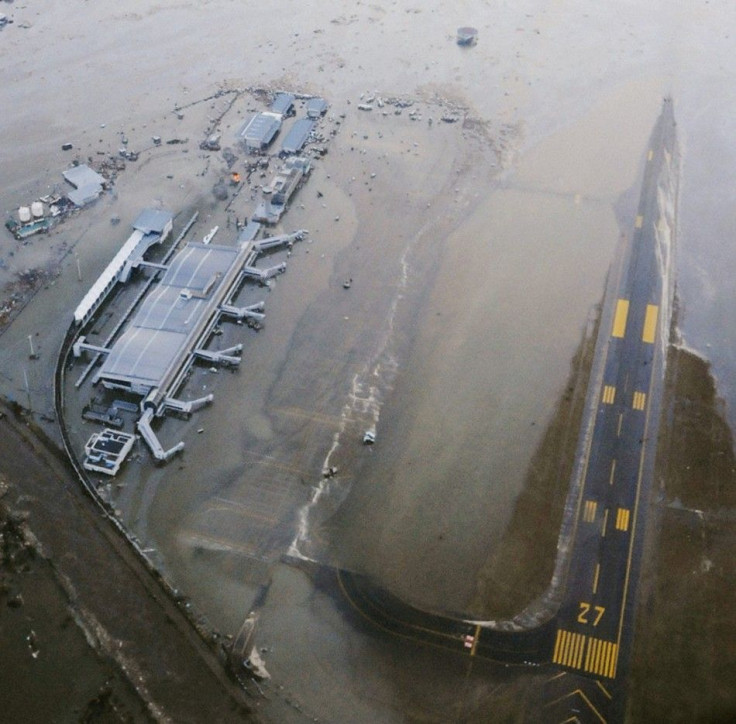How vulnerable is US West Coast to tsunamis, quakes?

A tsunami warning has been issued for the entire West coast of the U.S. and Canada, following Friday’s earthquake and tsunami in Japan. A warning/advisory is in effect for the U.S. West Coast and Alaska, the National Oceanic and Atmospheric Administration's (NOAA) National Weather Service said in its website.
Messages on the Internet say the warning covers regions like Oregon, Washington, California and Alaska, besides Hawaii. A tsunami warning is already in place for as many as 50 countries in Pacific Rim after the severest earthquake to hit Japan in 140 years caused a devastating tsunami.
How vulnerable is the US West Coast to tsunamis, earthquakes and other natural disasters? Actually the region is quite vulnerable to high magnitude quakes and even tsunamis.
There was a magnitude 9.2 earthquake in the Gulf of Alaska in 1964, which caused a 42-foot-high tsunami that had spread to the coast of British Columbia, Washington, Oregon and into northern California.
Researchers said in July 2009 that the underlying geology of the region points to the possibility of very large and widespread quake, according to a Reuters report. According to scientists, quakes and tsunamis bigger than the 1964 events were possible in the future in this region.
A study conducted by Britain's Durham University, the University of Utah and Plafker Geohazard Consultants said the possibility of a giant quake and tsunami swamping much the U.S. northwest and Canadian coasts was underestimated for a long time.
Our data indicate that two major earthquakes have struck Alaska in the last 1,500 years and our findings show that a bigger earthquake and a more destructive tsunami than the 1964 event are possible in the future, Reuters quoted Ian Shennan, a professor of geography at Durham.
The region has been hit by large, single-event earthquakes and tsunamis before, and our evidence indicates that multiple and more extensive ruptures can happen, Shennan said.
Also, the National Geographic said in 2005 that powerful tsunamis can happen off the U.S. West Coast in the event of a major earthquake. It said the chances of such an eventuality were higher than previously thought.
The magazine reported that a new finding by scientists revealed that a major quake along the Oregon fault could produce tsunami waves of up to 98 feet (30 meters) high. Previous calculations had pointed to the possibility of tsunami waves of only 50 feet (15 meters).
According to official records, the 1964 tsunami killed about 130 people. The most devastating seismic sea wave to impact the northwestern coast of the U.S. in historical time”, killed 114 in Alaska and 16 in Oregon and California, including several who heard it was coming and went down to the coast to watch, a Live Science report in 2009 said.
If a quake and resultant tsunami were to happen now, the consequences will be far devastating. Researchers looked at ancient fault segments off the coast of Alaska and determined that the rupture of an even larger area than the 1964 rupture zone could create an even bigger, more devastating tsunami the report said, referring to the Durham University study on West Coast tsunamis.
A tsunami in this region could cause damage and threaten life from Alaska to California and beyond, according to Shennan.
However, the report also says a tsunami may not happen at all times when there is an earthquake. For example, there were major earthquakes in 1899 and 1979 in the region, but these did not cause a tsunami.
© Copyright IBTimes 2025. All rights reserved.





















